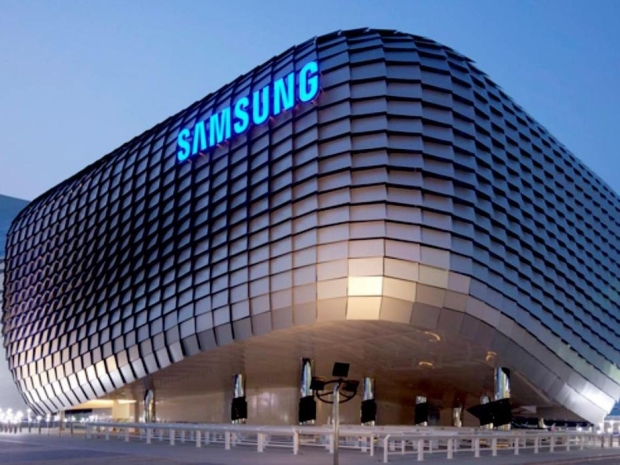The South Korean outfit’s third-quarter 2025 earnings showed revenue of KRW 86.1 trillion (about €59 billion), up 15.4 per cent from the previous quarter.
The memory business posted record quarterly sales thanks to soaring demand for HBM3E memory and server SSDs, powered by the global AI craze. Operating profit hit KRW 12.2 trillion (around €8.3 billion), with a gross profit of KRW 33.5 trillion (€22.8 billion).
Samsung recently unveiled its HBM4 memory solution, capable of 11 Gbps per IC, designed to power next-generation AI accelerators from Nvidia and AMD, including Rubin and MI400. Samples are already in the hands of AI chipmakers for qualification testing.
The company said it plans to stabilise supply of its 2nm GAA production and HBM4 base die by 2026. The 2nm process will be used for next-generation Exynos and Qualcomm Snapdragon SoCs, with mass production ramping up in late 2025.
Samsung’s foundry business will focus on delivering a reliable supply of these 2nm chips while bringing its new Taylor, Texas fab online in 2026. It aims to boost utilisation rates and optimise costs while expanding high-value product lines such as DDR5, LPDDR5X, and high-density QLC SSDs.
Next year, the firm expects a major ramp-up in mass production of HBM4 memory with “differentiated performance.” It plans to expand capacity to meet soaring demand for AI servers. High-capacity DDR5 modules of 128GB and beyond, along with 24Gb GDDR7 DRAM, will anchor its 2026 strategy.
GDDR7 memory is expected to feature prominently in Nvidia’s upcoming Rubin CPX GPU and AMD’s potential Radeon RDNA 5 or RDNA 4 refresh lines, as well as AI graphics cards and the RTX 50 “SUPER” series. The 24Gb dies will allow for higher VRAM capacity and improved performance in both AI and gaming hardware.
The company’s increased AI focus is reshaping the broader DRAM and SSD markets. With most production diverted to AI-oriented products, consumer memory prices have begun climbing sharply. DDR5 and SSD prices are already spiking as shortages spread, with all major DRAM suppliers signalling further price hikes through early 2026.

